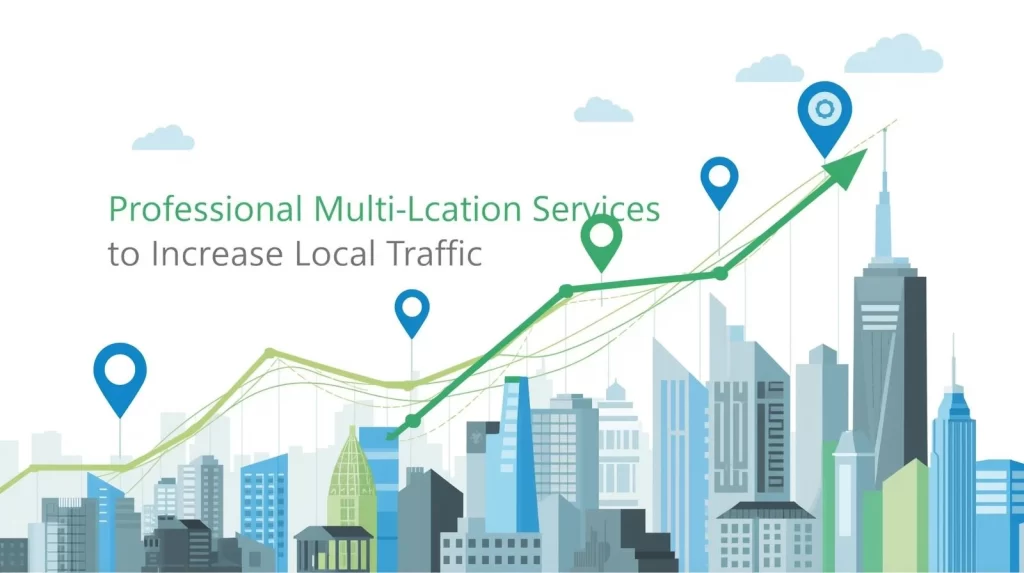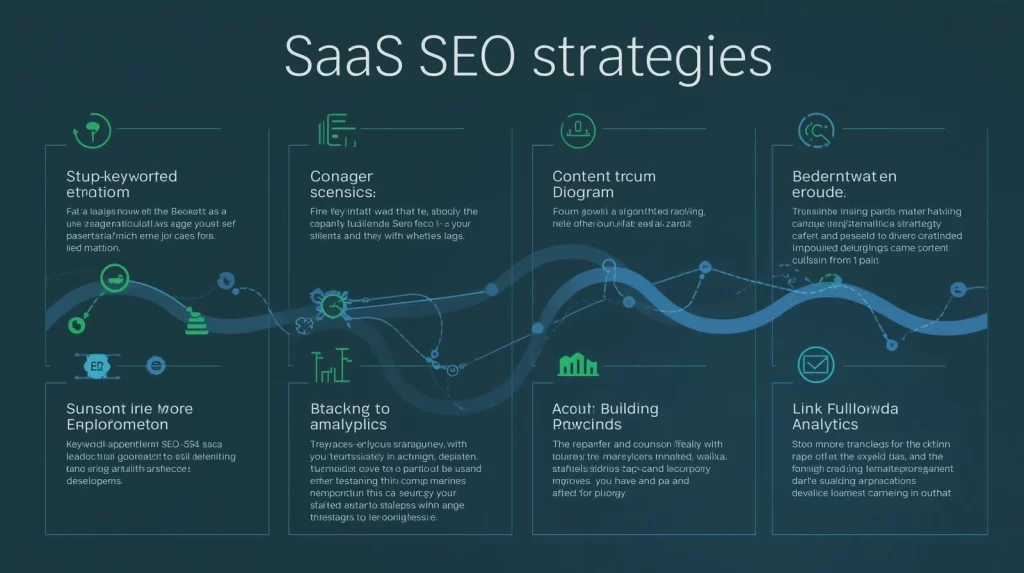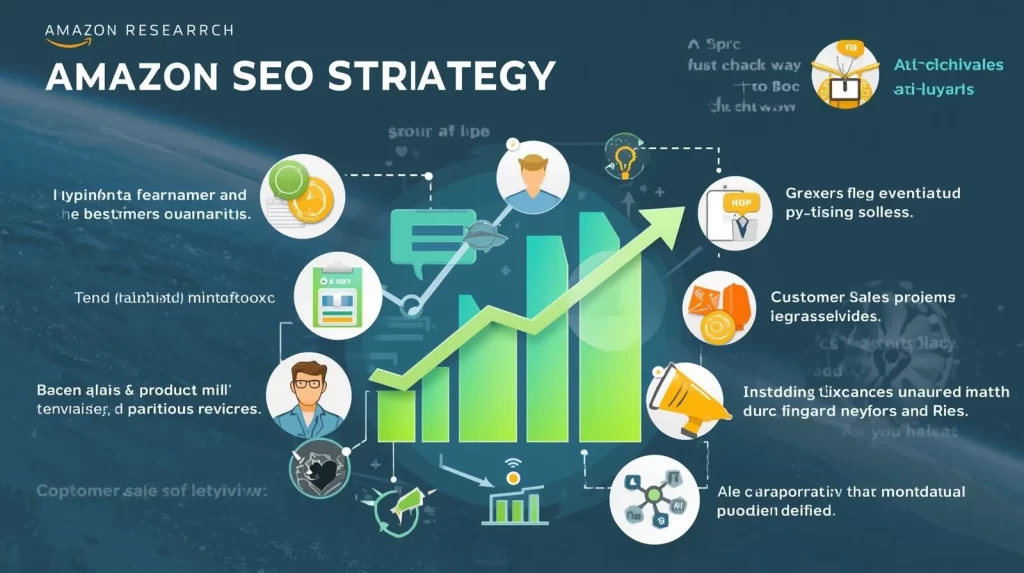Introduction: Why Multi-Location SEO Is Essential
In today’s competitive online landscape, having a website isn’t enough. Targeting a single location won’t maximise potential traffic for businesses operating in multiple cities, regions, or countries. That’s where Multi-Location SEO comes in.
Multi-location SEO optimises a business’s online presence to rank in search results for multiple physical locations. Whether you run a retail chain, franchise, or service-based company with various branches, this strategy ensures each location is visible to potential customers in its specific area.
Without Multi-Location SEO, your website might only attract traffic from your headquarters or central office, leaving other locations underperforming. Optimising for each branch drives relevant traffic, increases footfall, and strengthens your brand’s local presence.
Understanding Multi-Location SEO
Multi-Location SEO involves creating unique, optimised pages and profiles for each branch or location. It’s not just about adding addresses to your website — it requires a comprehensive approach that includes technical SEO, content optimisation, local listings, and reputation management.
Key components include:
- Location-Specific Pages: Each location should have its own landing page with local keywords, accurate contact information, operating hours, and relevant content tailored to that area.
- Google Business Profile Optimisation: Each branch should have a verified and fully optimised Google Business Profile, ensuring accurate NAP (Name, Address, Phone number) information.
- Local Citations: Listing each location in reputable local directories enhances credibility and improves local rankings.
- Reviews and Reputation Management: Customer reviews specific to each location improve rankings and influence potential buyers’ decisions.
- Structured Data and Schema Markup: Implementing local business schema for each location helps search engines understand your content and improves visibility in rich results.
Why Multi-Location SEO Matters
The benefits of implementing Multi-Location SEO are significant for businesses with multiple branches:
1. Improved Local Visibility
By optimising for each location, your business will appear in local search results, maps, and directory listings, increasing its chances of attracting nearby customers.
2. Higher Foot Traffic and Leads
Local searchers are more likely to visit or contact a nearby location. Optimising each location ensures that users can easily find and interact with your business.
3. Consistent Brand Experience
A unified online presence across multiple locations builds trust. Each branch is represented accurately, ensuring customers receive consistent information regardless of which location they interact with.
4. Better ROI
By targeting multiple regions, your marketing spend goes further. Each optimised location attracts relevant leads, enhancing overall return on investment.
5. Competitive Advantage
Businesses implementing Multi-Location SEO effectively outperform competitors focusing solely on their central location.
How to Implement Multi-Location SEO Effectively
Creating a successful Multi-Location SEO strategy involves multiple steps. Here’s a detailed guide:
Step 1: Conduct Local Keyword Research
Identify keywords for each location that match local search intent. Tools like Google Keyword Planner, SEMrush, and Ahrefs can help uncover high-value terms specific to each city or region.
Step 2: Create Dedicated Location Pages
Each location should have a separate page optimised for local search. Include:
- NAP information
- Unique content for the local audience
- Local images or videos
- Testimonials and case studies from the specific branch
Avoid duplicate content across pages; each page should provide value to users searching for that location.
Step 3: Optimise Google Business Profiles
Verify and optimise Google Business Profiles for each branch. Include:
- Accurate address and phone number
- Business category and description
- High-quality images
- Regular updates and posts
This improves visibility in Google Maps and local pack results.
Step 4: Build Local Citations
Submit each location to reputable local directories, ensuring NAP consistency across all platforms. Local citations enhance authority and boost rankings for location-based searches.
Step 5: Encourage Customer Reviews
Positive reviews improve credibility and rankings. Encourage customers to leave reviews on Google and other relevant platforms for each location. Respond to reviews to show engagement and build trust.
Step 6: Use Localised Content
Create blogs, articles, and promotions tailored to each location. This helps attract local audiences and improves search engine relevance. Examples include local news, events, or community-focused initiatives.
Step 7: Implement Structured Data
Use schema markup for local businesses. This allows search engines to understand your content better and can result in rich snippets, enhancing visibility in search results.
Step 8: Monitor Performance and Adjust
Use Google Analytics and Search Console to track the performance of each location page. Identify areas for improvement, such as low-performing pages or underrepresented locations.
Common Challenges in Multi-Location SEO
- Duplicate Content Across Pages
Duplicate content can hurt rankings. Each location must have unique content tailored to its audience. - Managing Multiple Google Business Profiles
Ensuring accuracy and consistency across several profiles can be time-consuming. - Tracking Performance Individually
Monitoring rankings, traffic, and conversions for each location requires a proper analytics setup. - Maintaining Consistent Branding
Balancing local relevance with brand consistency can be tricky, but it is essential for trust. - Generating Local Backlinks
Each location may require outreach to local websites and directories to build authority.
Measuring Success in Multi-Location SEO
To determine the effectiveness of your Multi-Location SEO efforts, focus on key metrics:
- Local Rankings: Check rankings for location-specific keywords.
- Google Maps Visibility: Monitor presence in map packs for each location.
- Organic Traffic per Location: Use analytics to track visitors to individual location pages.
- Customer Engagement: Evaluate leads, calls, and foot traffic generated by local searches.
- Reviews and Ratings: Positive reviews and high ratings reflect strong local performance.
Benefits of Professional Assistance
Implementing Multi-Location SEO correctly can be complex. Professional SEO services can provide expertise in:
- Conducting local keyword research for multiple areas
- Optimising Google Business Profiles
- Managing structured data and citations
- Creating unique, location-specific content
- Monitoring and reporting performance across all branches
Working with experts ensures your multi-location strategy is efficient, scalable, and compliant with best SEO practices.
Conclusion
Multi-Location SEO is essential for businesses operating in multiple areas. By optimising each location individually, you increase local visibility, attract relevant leads, and drive higher conversions. From dedicated location pages and Google Business Profile optimisation to local content and structured data, every element improves performance.
Investing time and resources in Multi-Location SEO enhances search visibility and strengthens your brand’s reputation across regions. With proper planning, monitoring, and professional support, your business can dominate local search results in every market it serves.
FAQs
1. What is Multi-Location SEO?
It optimises a business’s online presence to rank in multiple locations, ensuring visibility in local search results.
2. Why is Multi-Location SEO important?
It helps businesses attract local customers to each branch, increases visibility on Google Maps, and drives targeted traffic to multiple locations.
3. How do I optimise each location?
Create unique landing pages, optimise Google Business Profiles, build local citations, and produce localised content for every branch.
4. How can I track performance for multiple locations?
Use tools like Google Analytics, Google Search Console, and location-specific dashboards to monitor traffic, rankings, and conversions per location.
5. Can Multi-Location SEO improve overall brand authority?
Yes. Your brand gains credibility and trust with local customers and search engines by consistently ranking and engaging users in multiple regions.
Read More






